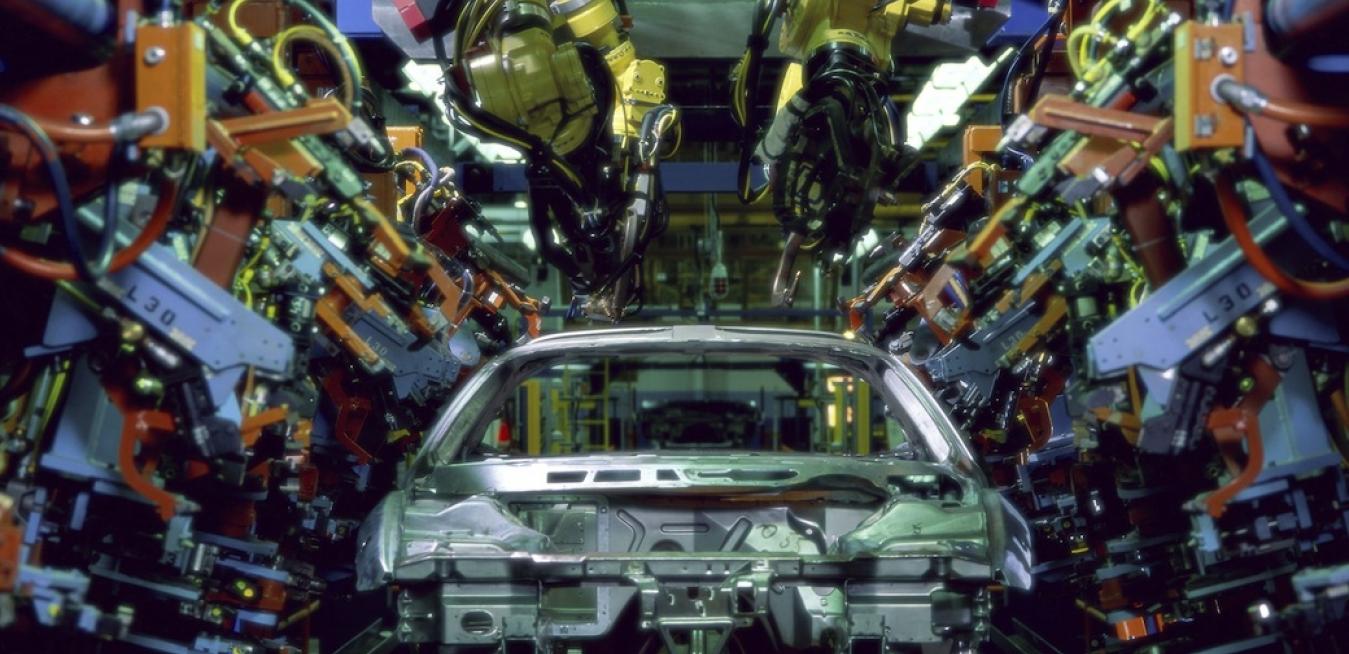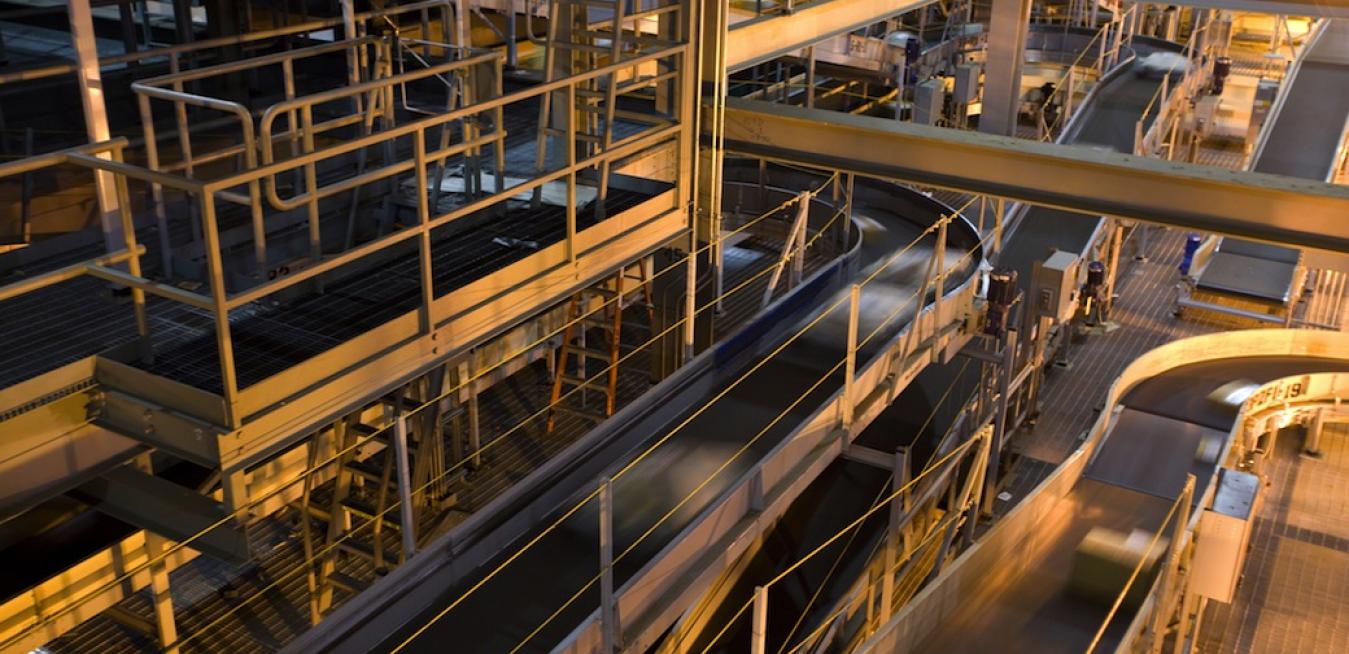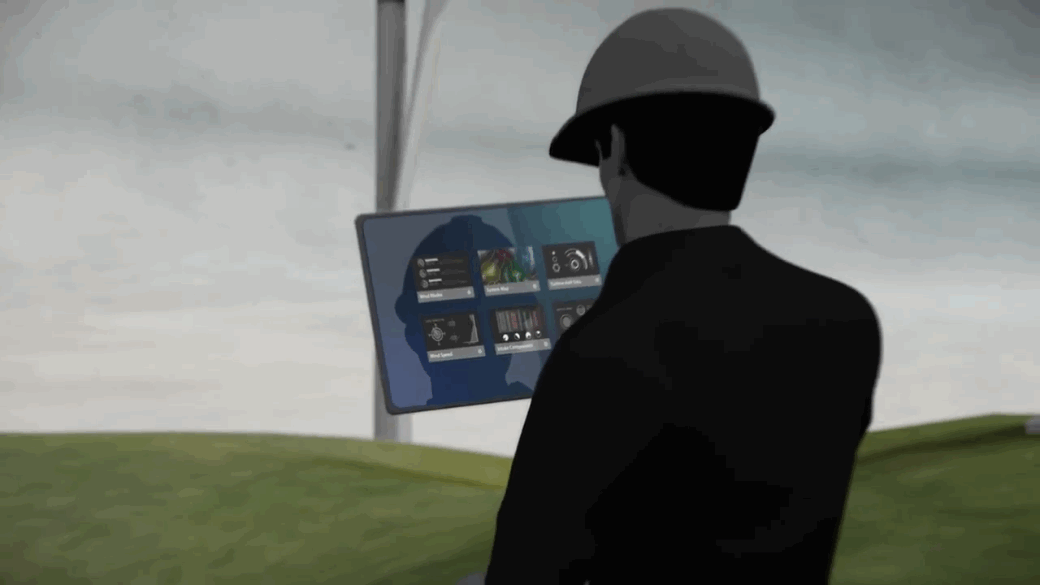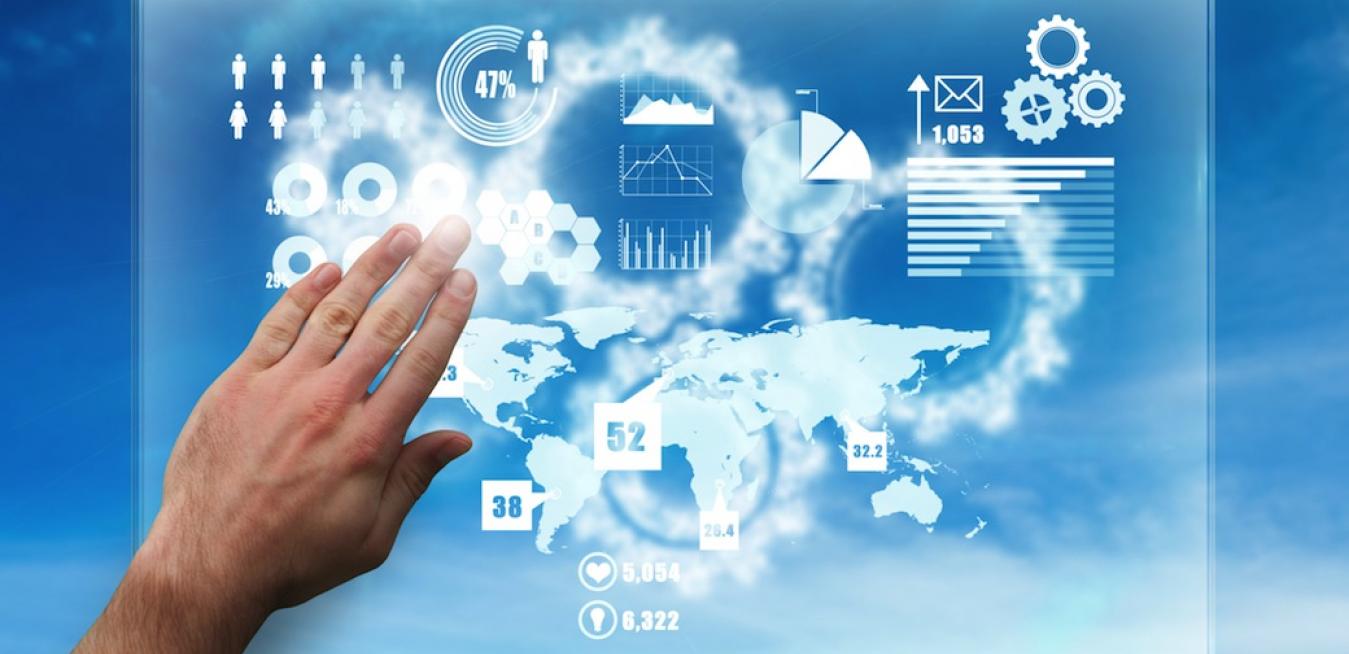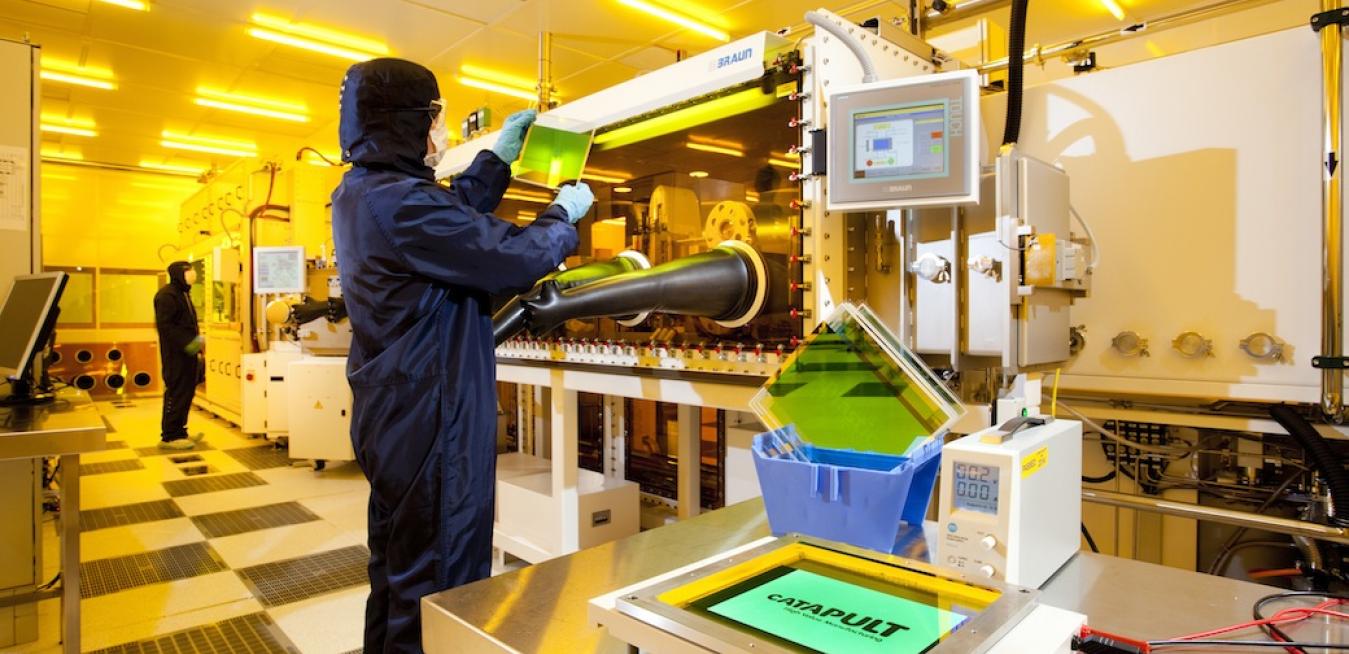Robots are playing a greater role in the workplace. But rather than being replaced, workers will be freed to do more innovative work.
With the advent of Industry 4.0, automated manufacturing facilities require higher levels of logistics integration.
It’s been just three years since Germany’s Federal Ministry of Education and Research coined the term Industry 4.0 to describe a manufacturing and assembly process closely aligned through interconnected machines.
To ensure sustainable development of offshore resources, we need to be able to monitor — and even anticipate — what happens underwater.
The commercial benefits of the Internet of Things (IoT) are clear for a wide range of industries — being able to remotely monitor machines in real-time to ensure safety and anticipate breakdowns. Yet some of the shiny promise of interconnectedness can get washed away at the shoreline, given the technical challenges of monitoring and communicating underwater.
The expansion of the Internet of Everything demands that companies treat data as an extension of their customers — with respect for privacy.
Every time I hear someone use the phrase the “Internet of Things,” I instantly want to remind them that it is still the Internet of people. Yes, it is becoming the Internet of Everything — everything connected, from our cars to our clothing — but regardless of what is connected, the information being collected is still about us. It’s about the way we communicate, eat, move, live and love.
Overregulation in the name of security will hobble the burgeoning Internet of Things. We need to be pragmatic about managing security and privacy risks.
It’s been 20 years since the Internet first went public. It started small and grew quickly, in part due to the decision by the Clinton administration to not regulate it. Based on the conclusion that it was better to get the Internet’s economic benefits—even though it came with some risk—rather slowing down deployment to await perfect security, that decision helped unleash the Internet economy.
The industrial app economy will spur innovation by enabling a more seamless environment for people and machines to work smarter and more efficiently together.
We live in a world of apps. They have become so pervasive in our daily experience that we don’t even think about it anymore: an app wakes us in the morning, and another app reports the quality of our sleep; we use apps to move around town, book restaurants and movies, track our weight and physical activity, meet friends, stream music and keep up with the news. Life is an app.
Industrial machines equipped with advanced analytics have the potential to transform economic growth and innovation — if they can work together.
With a new industrial revolution underway, African policymakers must start building a pipeline of the right skills for the Future of Work.
Sub-Saharan Africa has been the second-fastest growing region in the world for the last decade and a half. A long commodity boom has helped, but African countries have also started to improve business conditions and strengthen institutions.
Innovation hubs show how private- and public-sector collaboration can help enable entrepreneurs compete in an increasingly competitive global economy.
As any innovator with a great idea will tell you, getting that idea into the marketplace can be a tortuous task. Without serious support (financial or otherwise) many great inventions are doomed to progress no further than the drawing board.
Congress must invest in basic research for America to stay ahead.
Last November the Rosetta rocket, first sent to space in 2004, successfully landed on a moving comet for the first time in human history. That same month, Forbes reported that the world’s fastest supercomputer doubled the speed of its nearest competitor.
